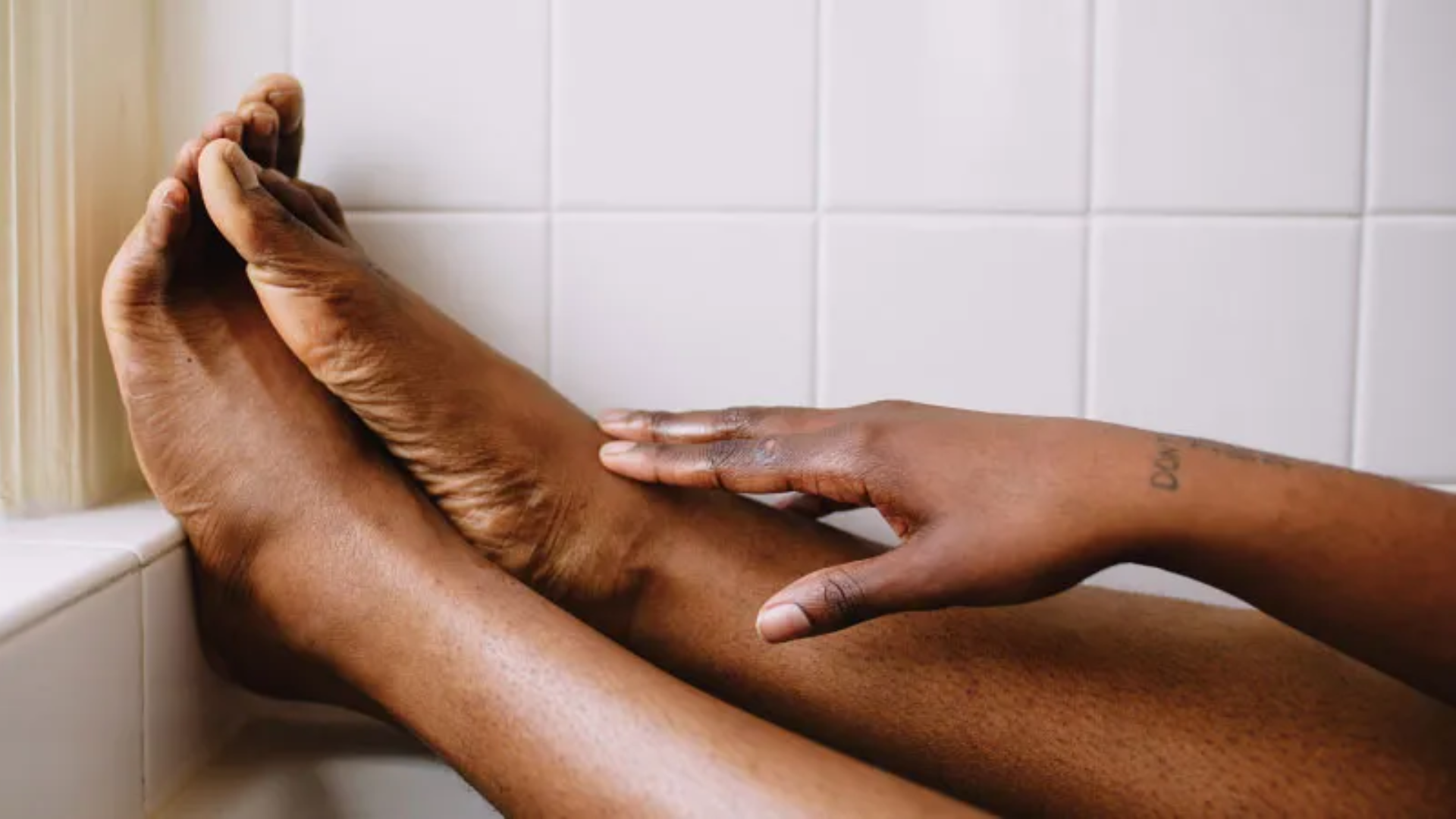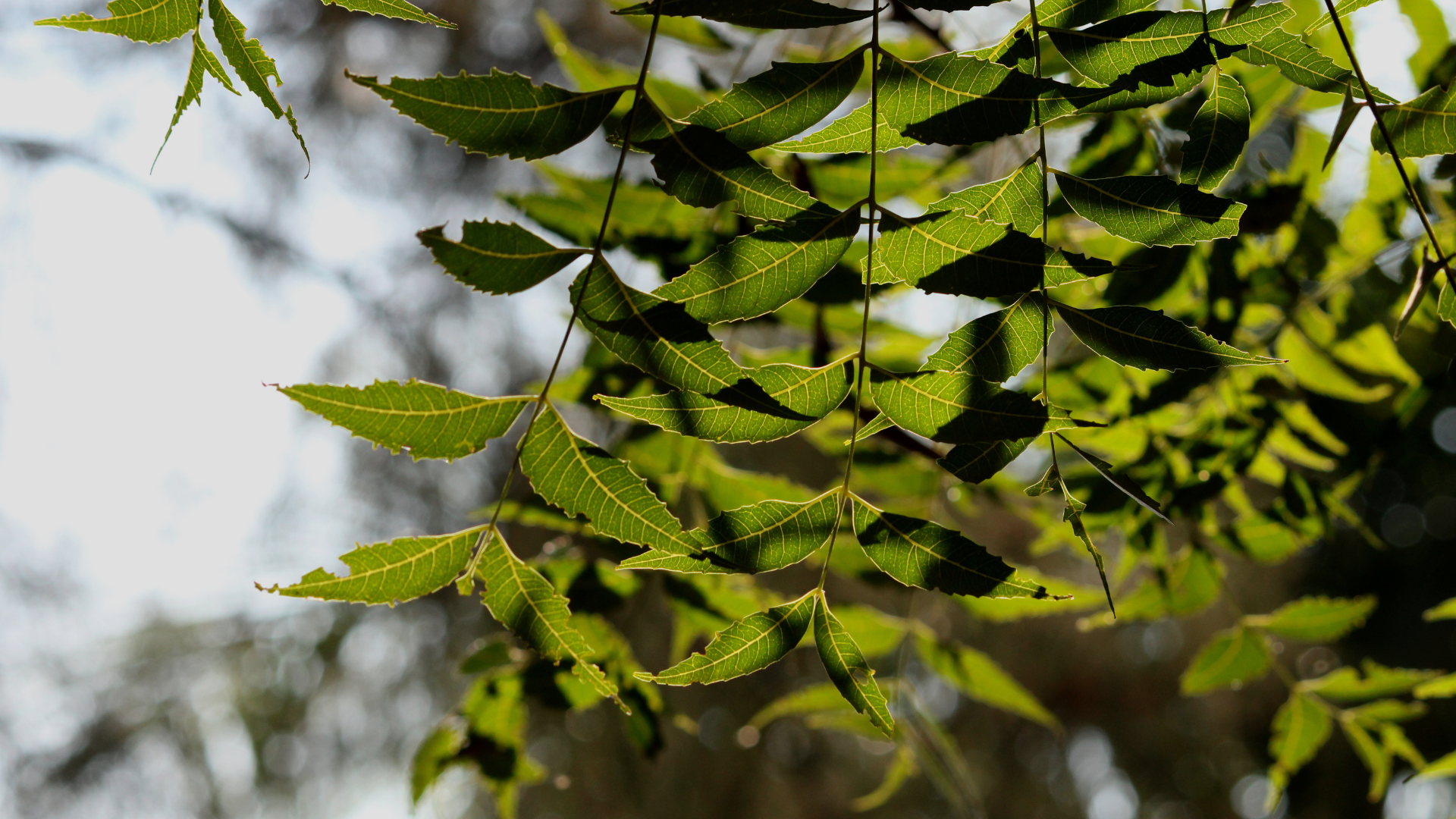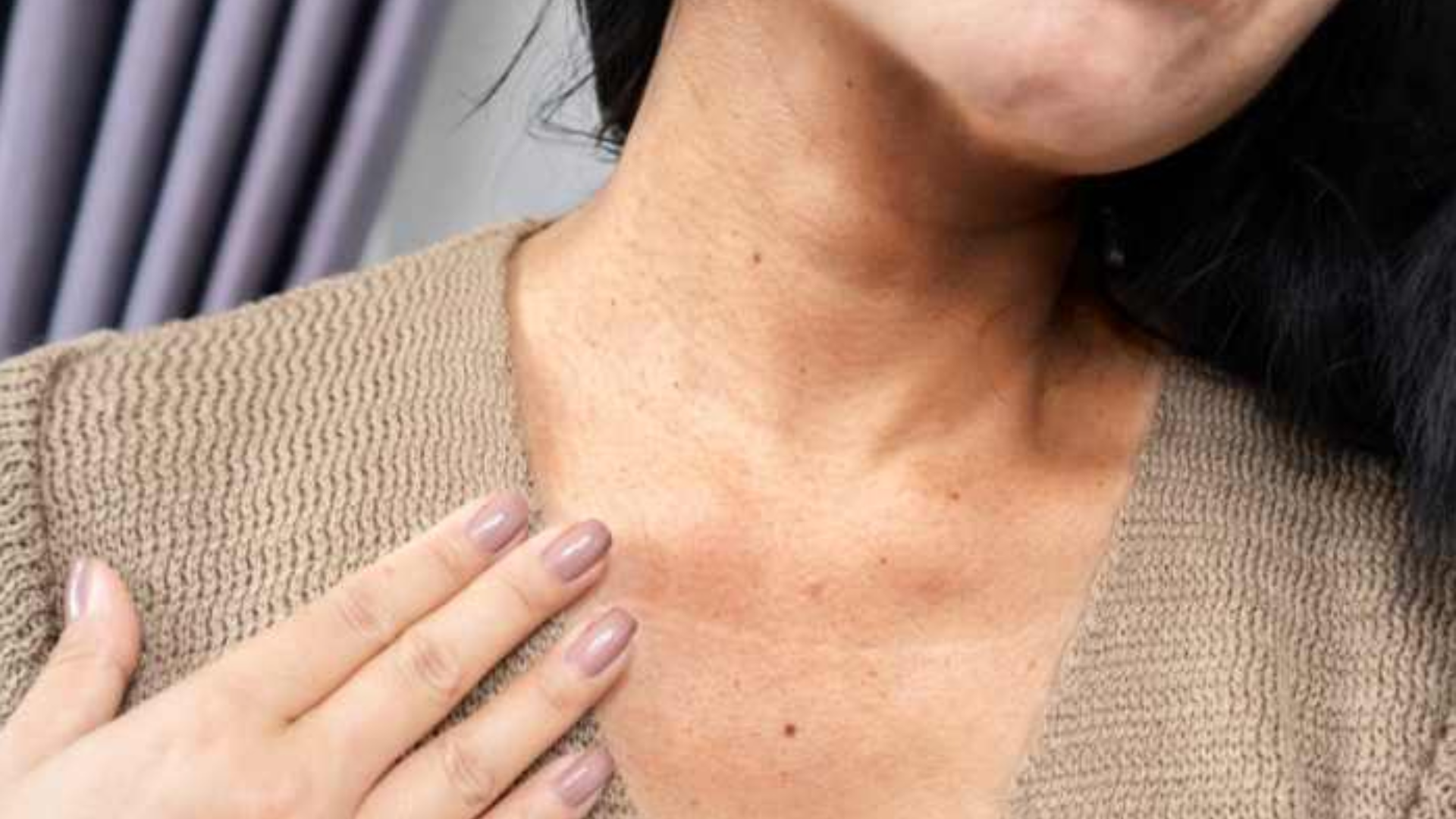Abhyanga: The Art of Ayurvedic Self-Massage
Abhyanga oil plays a pivotal role in the ancient Ayurvedic self-massage ritual known as Abhyanga, a practice deeply rooted in promoting holistic well-being. This carefully selected therapeutic oil is tailored to balance the doshas: Vata, Pitta, and Kapha that fostering a harmonious equilibrium within the body. This age-old tradition, woven into the fabric of Ayurveda, invites individuals to indulge in the art of self-massage, using comforting, warm oil.
For millennia, Abhyanga has stood as a cornerstone of Ayurvedic medicine, offering a multitude of physical, mental, and emotional benefits. Beyond its tactile pleasures, this self-massage practice is a profound journey toward overall balance and vitality. Abhyanga oil, chosen for its unique properties, becomes a conduit for the restoration of harmony in the body, aligning with the principles of Ayurveda—a timeless guide to optimal health.
Native Herbals abhyanga oil moisturizes and improves body texture, tone, and overall skin appearance. Strengthens bodily tissues, and lubrication of internal organs, bones, and joints. It helps in better sleep and overall health. Here’s a detailed overview of Abhyanga:

Principles of Abhyanga:
1] Dosha-Specific Oils: Ayurveda recognizes three doshas: Vata, Pitta, and Kapha. The choice of oil for Abhyanga is often based on an individual’s predominant dosha or a combination of oils to balance specific doshas.
2] Warm Oil: The oil used in Abhyanga is typically warmed to a comfortable temperature. Warm oil enhances absorption, nourishing the tissues and promoting relaxation.
3] Self-Massage: Abhyanga is a self-massage technique, emphasizing the connection between the individual and their body. The process involves massaging the entire body, including the head, ears, and soles of the feet.
Steps to Perform Abhyanga:
Steps to perform Abhyanga Massage:
1] Choose the Right Oil: Select an oil suitable for your dosha or a balanced oil like sesame oil. Warm the oil in a container placed in hot water.
2] Prepare the Space: Choose a warm, quiet, and comfortable space. Lay down an old towel or cloth to prevent the oil from staining surfaces.
3] Begin at the Scalp: Apply warm oil to the scalp and massage gently using circular motions. Move from the forehead to the back of the head.
4] Face and Ears: Massage the face, ears, and neck with upward strokes. Pay attention to areas with tension.
5] Upper Body: Massage the arms, chest, and abdomen in circular or long strokes. Pay extra attention to joints and areas with discomfort.
6] Lower Body: Move to the lower body, massaging the thighs, knees, shins, and feet. Use long strokes on the limbs and circular motions on joints.
7] Focus on Joints: Spend extra time on joints, such as the wrists, elbows, knees, and ankles. This can help improve flexibility and relieve stiffness.
8] Circular Strokes on Joints: For joints, use circular motions with your hands, applying gentle pressure.
9] Allow the Oil to Penetrate: After the massage, allow the oil to penetrate the skin for 10–15 minutes before showering. Use a mild soap or chickpea flour (besan) to cleanse the body without stripping away the oil.
10] Warm Shower: Take a warm shower without using excessive soap. The warm water will further assist in the absorption of oil.








Leave a comment